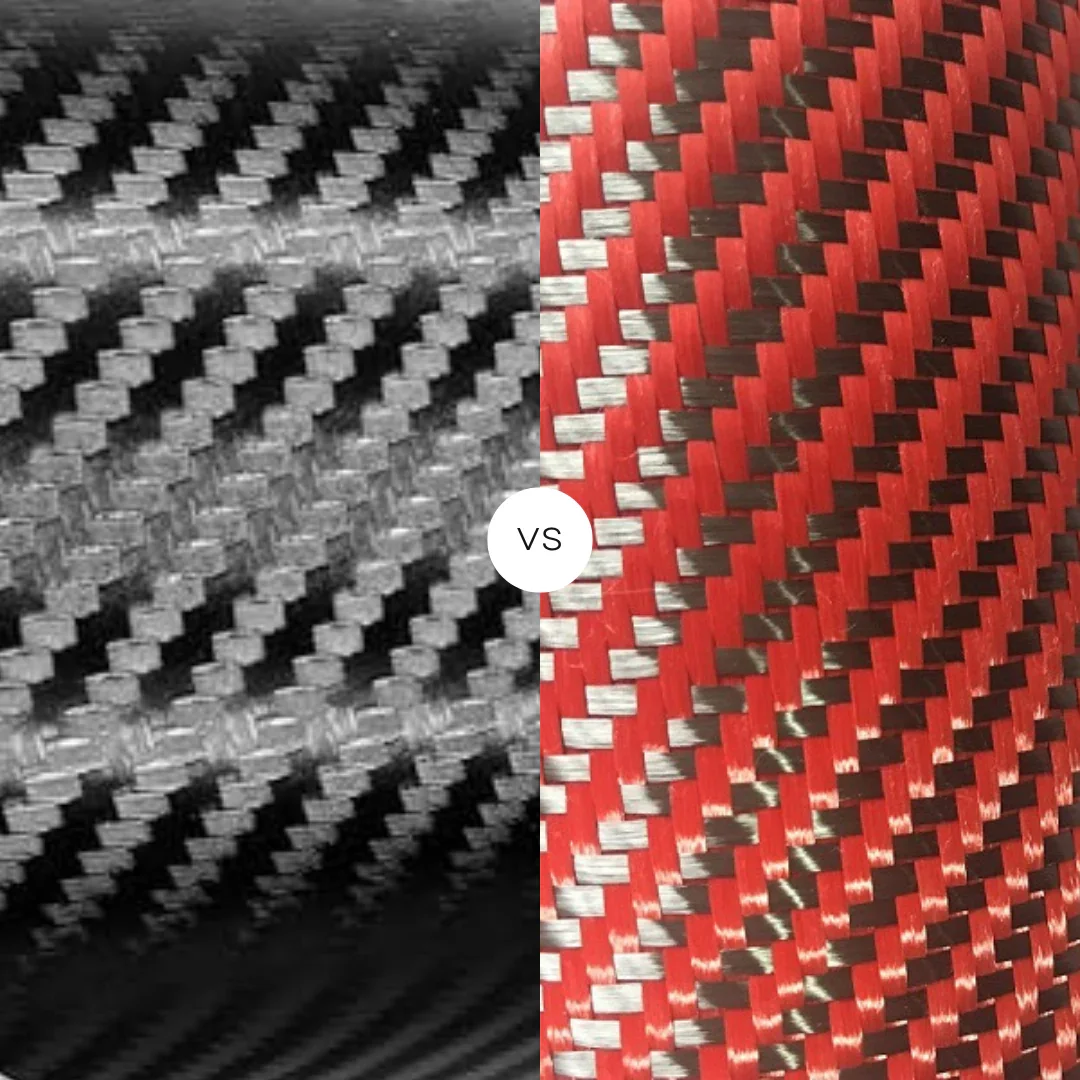The Future is Now: Where Paddle Technology is Heading
The world of pickleball is evolving… quickly. More brands, more pros that you’ve never heard of (yet), and more paddle options than ever. From where we started to where we are now with paddle technology may not seem to have evolved rapidly—but in the last six months, it’s moved at Mach speed. The technology push is now. At Empower Pickleball, we believe players at every level deserve to understand where the sport is heading—and how innovation can enhance their game.
If you’re stepping on the court for the first time or chasing your next podium, the next generation of paddle technology is here. Whether it makes you a stronger player or improves specific shots—that’s for you to determine.
Let’s break down the newest advancements shaping the future of pickleball paddle design—and why they matter to you.
Breaking the Mold: Core Materials Evolve Beyond Polypropylene
Neil on court with his ProLite pickleball paddle in hand.
For years, polypropylene honeycomb has been the standard for paddle cores, following Nomex honeycomb in earlier designs. Paddle “skins” (also called facings) were either fiberglass, composite, or graphite. Fiberglass offered more power; graphite was harder and allowed better control. Some skins were thicker than others—thicker skins dissipated more vibration. Like thick bread for a sandwich—hence, sandwich panels. Ok, ok, no more jokes.
Lightweight, affordable, and responsive—all were solid reasons to use those materials. But times are changing, and so is the science behind specific cores and surfaces.
Next-generation paddles are starting to phase out traditional honeycomb in favor of solid foam core designs, delivering a completely different feel. Instead of relying on air pockets created by the honeycomb to dampen the vibration and provide pop, solid foam cores offer more consistent energy transfer and a more unified playing surface.
Some models are now blending the best of both worlds, using injected foam along the edges and adding a different layer of foam closer to the paddle’s center, creating a hybrid that provides the touch players love with a modern performance edge. In all honesty, honeycomb paddles still play exceptionally well. Even the Gen1 models perform with power and control, especially when you add some weight in key locations.
Foam Injection: Larger Sweet Spot, Increased Forgiveness
One of the biggest breakthroughs? Foam injection along the paddle’s perimeter and edge walls.
By injecting high-density foam into the edges, manufacturers expand the effective sweet spot, creating a more forgiving experience on off-center hits. If you've ever felt the odd mishit and heard a “clunk,” or watched a pure winner fly long because you hit it slightly off, foam-injected paddles might change your game.
But it’s not just about forgiveness. A paddle with foam perimeter reduces vibration, making it attractive to players dealing with arm fatigue or tennis elbow. This technology helps increase twist weight, reducing torque from mishits.
Surface Innovation: Carbon Fiber is Still King
While paddle cores are evolving beneath the surface, the paddle face matters just as much, if not more.
Kevlar: Power and Highly Reactive
Known for its use in bulletproof vests and aerospace engineering, Kevlar has made its way into the pickleball world. Will it stay? Will it be short-lived before the next new wave arrives? We’ll see. Kevlar-faced paddles offer a lightweight yet strong build with explosive power, appealing to aggressive players who want to drive the ball hard without sacrificing maneuverability. It’s a material that can take a beating and still perform, making it ideal for the demands of high-level play. While it certainly offers power, control can take some getting used to. As I always say, the more you use something, the more you gain feeling and develop control. And thickness matters: thicker paddles typically provide more vibration absorption, giving them a better feel; thinner paddles are more reactive with slightly less control.
Carbon fiber (left) vs. Kevlar (right) — two materials, two very different feels on court.
Carbon Fiber: Feel, Control, and Grit
Meanwhile, carbon fiber remains the “rock” in the paddle world. Always popular for control and feel, it is now hyper-focused on grit. What do I mean by that? Companies are engineering paddles with ultra-high friction and textured carbon fiber surfaces, designed to grip the ball longer and maximize spin without relying on surface coatings that wear down. The goal? Long-lasting grit that won’t fade with use.
Dwell time—the amount of time the ball stays on the paddle face—is also extremely valuable for higher-level players. That creates higher spin potential too. This evolution of surface materials helps players find the perfect balance between touch and power, no matter if you're hitting laser-precision dinks or ripping heavy topspin drives.
Making the Future Accessible
At Empower Pickleball, we're not just watching these changes; we’re actively engaging with them. Our mission is to analyze the tech, test the gear, and guide players toward the right paddle for their background, style, and goals. We want to narrow it down for you while making it more understandable—rather than overwhelming you with gimmicky acronyms or promised performance metrics.
We aim to make cutting-edge gear feel approachable, not intimidating. The future of paddle design isn’t just for the pros. It’s for every player who wants to feel better, play better, and stay in the game longer.
Pickleball paddles are becoming more powerful—but what does that mean for your game? Will you drive and blast every shot, or develop all aspects of your game to adapt at the kitchen line? The easy answer: you need both power and touch. Do your homework, research, and experiment—but we’re here to help.
About the Author: Neil Friedenberg is a certified pickleball coach and Head of Education for Empower Pickleball. He is passionate about helping players of all levels grow their skills and confidence on the court. A lifelong player with deep roots in the sport, Neil also brings experience as a paddle company owner, blending technical expertise with a love for the game.



